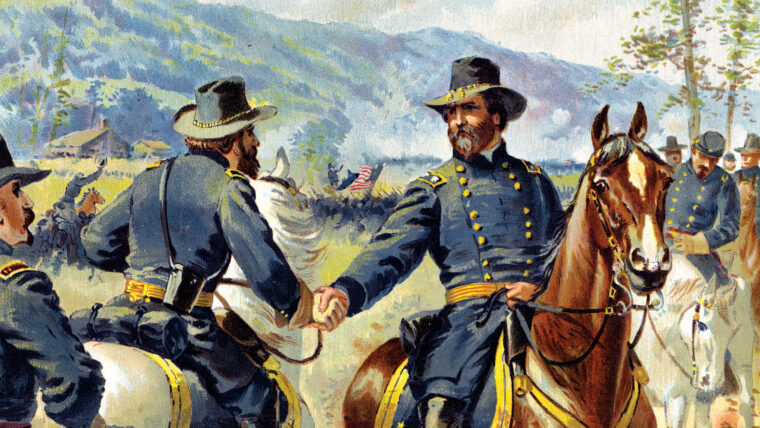
We Will Hold It or die Here!
By David A. NorrisAmid the fog of powder smoke in the north-Georgia forest, the frayed remnants of the Union’s Army of the Cumberland faced determined Confederate troops who sensed an impending victory. Read more

Amid the fog of powder smoke in the north-Georgia forest, the frayed remnants of the Union’s Army of the Cumberland faced determined Confederate troops who sensed an impending victory. Read more
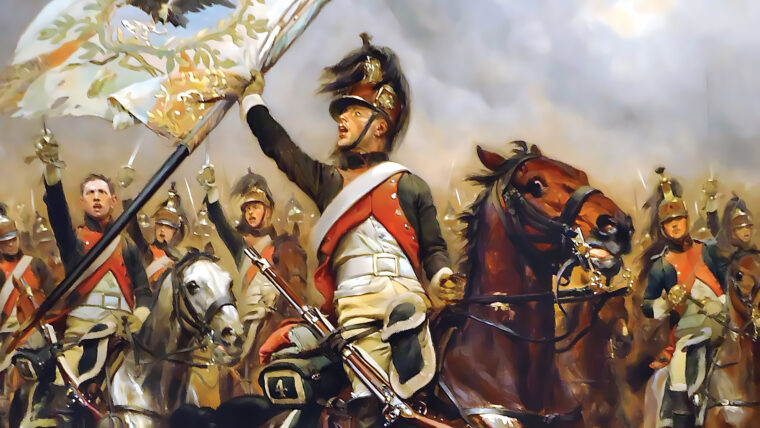
At 4 am on October 14, 1806, 37-year-old Jean Lannes, Marshal of France in Napoleon Bonaparte’s Grande Armee and commander of that host’s V Corps, received his final instructions verbally from the emperor. Read more
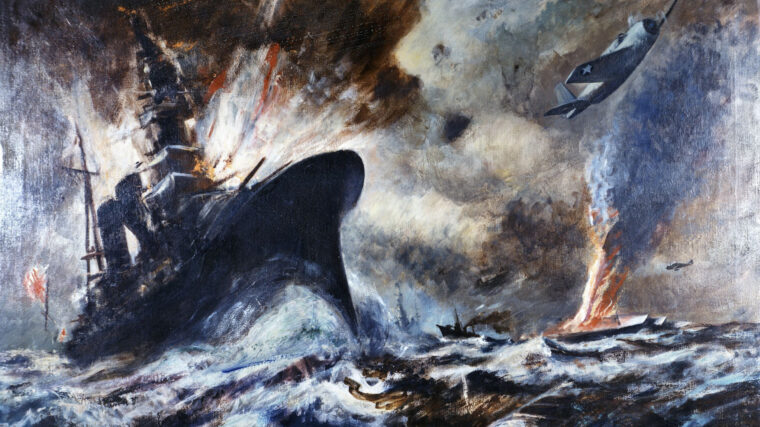
Despite more than a decade of triumphs in Asia and the Pacific, by the spring of 1942 the Japanese military establishment was in a somber mood. Read more
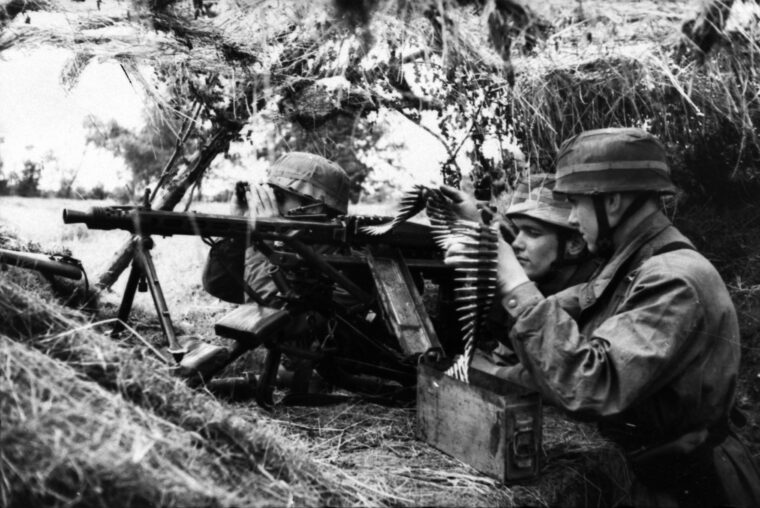
Whether fighting in the mountains of the Italian peninsula, assaulting Nazi defensive positions along the vast Russo-German Eastern Front, or clashing with German Army opponents from Normandy to the Elbe River, from 1942 to 1945, Allied soldiers in World War II faced a determined enemy armed with the most effective machine gun produced during that struggle: the Maschinengewehr 42, or the MG 42 for short. Read more
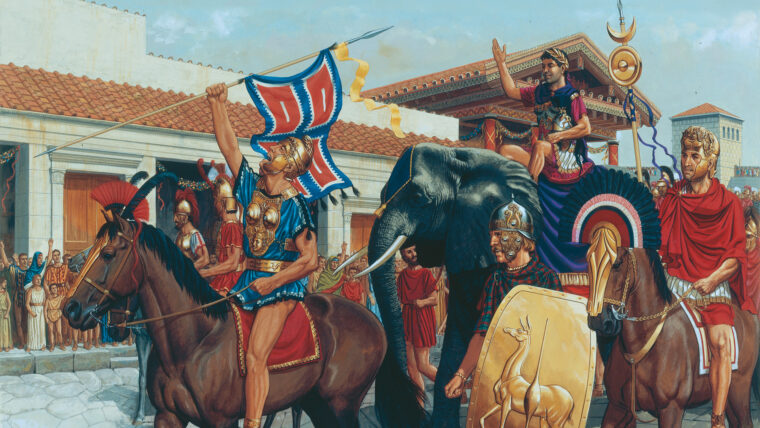
When still a young boy, Hannibal once came upon his father, the Carthaginian general Hamilcar Barca, who at the time was preparing to go to Iberia where Carthage was campaigning to expand its power. Read more
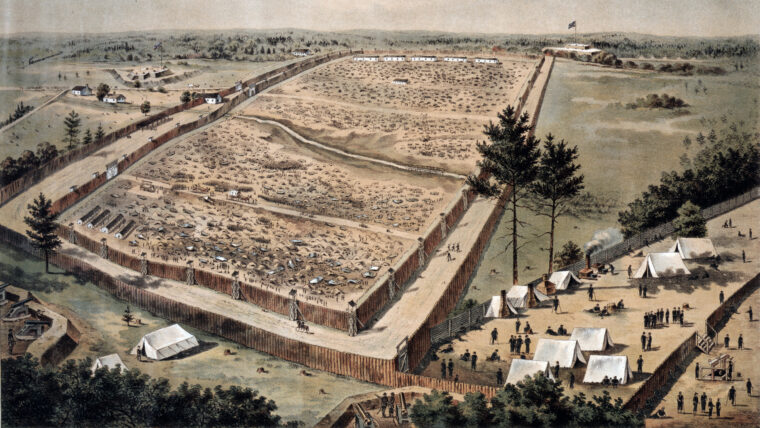
The June 19, 1861, editorial in the Charleston Mercury newspaper warned: “War is bloody reality, not butterfly sporting. Read more
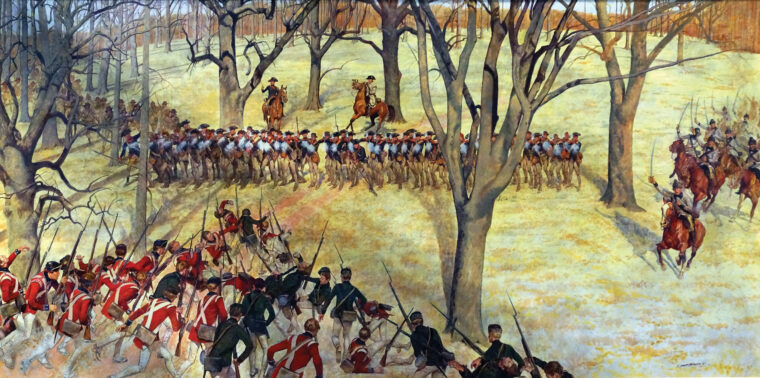
The lieutenant had reached the end of his tether. It was time to cut this impudent American wagoner down to size with the flat of his sword. Read more
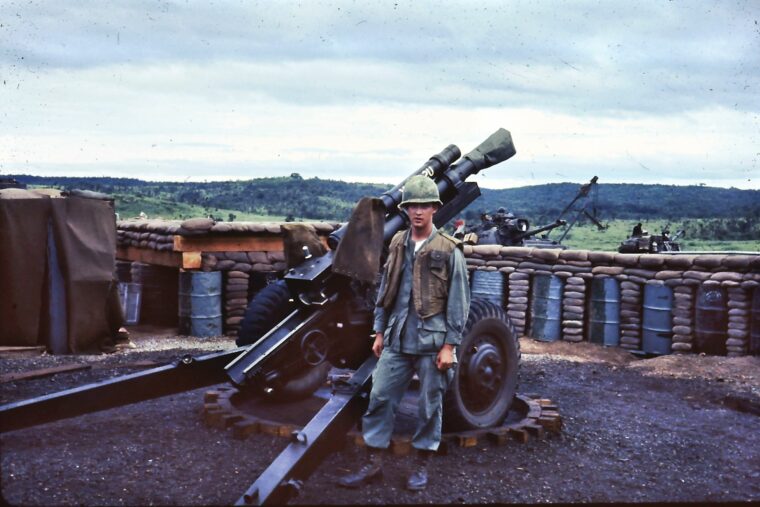
Nineteen-year-old U.S. Army Specialist E5 James Griffith wasn’t particularly nervous when he boarded Seaboard World Airlines Flight 253 at McChord Air Base in Tacoma, Washington, on June 30, 1968. Read more
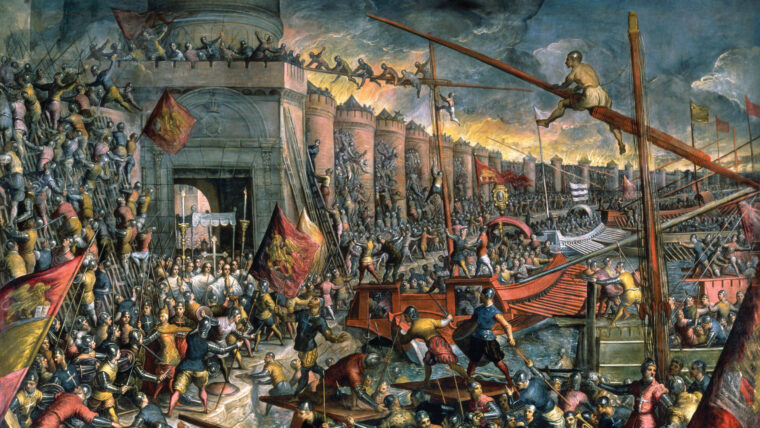
Dawn broke clear and hot over Constantinople on July 17, 1203.
All manner of war machines were clustered around the Latin crusaders’ fortified camp on a hill where the Monastery of Saints Cosmas and Damian was located. Read more
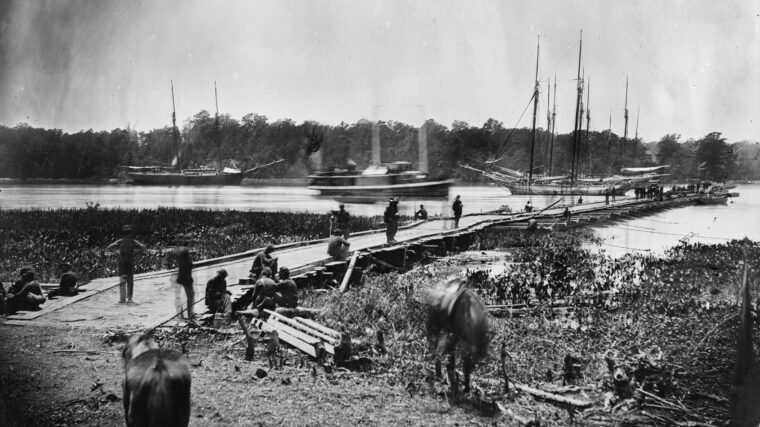
The Union Army’s ambitious Overland Campaign began on May 4, 1864. It was the fourth year of the Civil War, and Lt. Read more
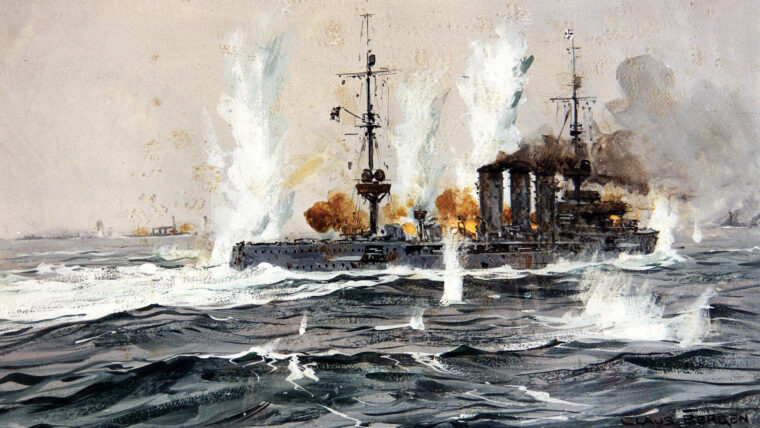
Commodore Reginald Tyrwhitt of the Royal Navy was in a grave predicament on August 28, 1914. His force was near the German base at Heligoland Bight. Read more
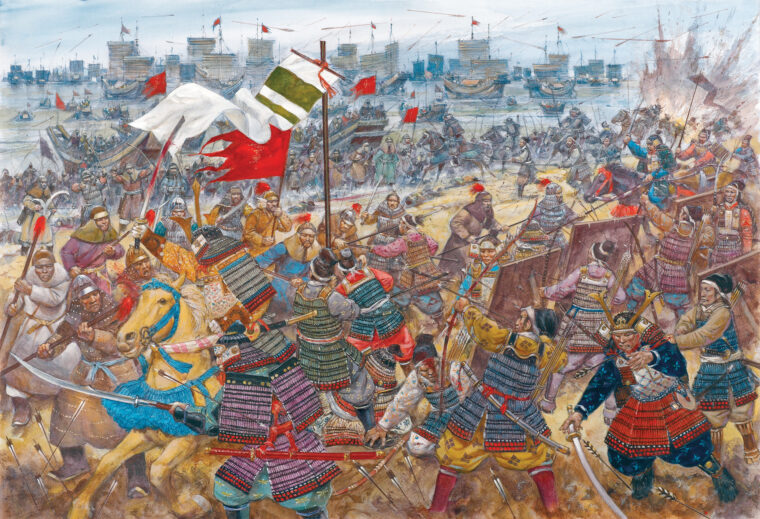
In the early 13th century the legendary Mongol Genghis Khan laid the foundations for the greatest land empire in history. Read more
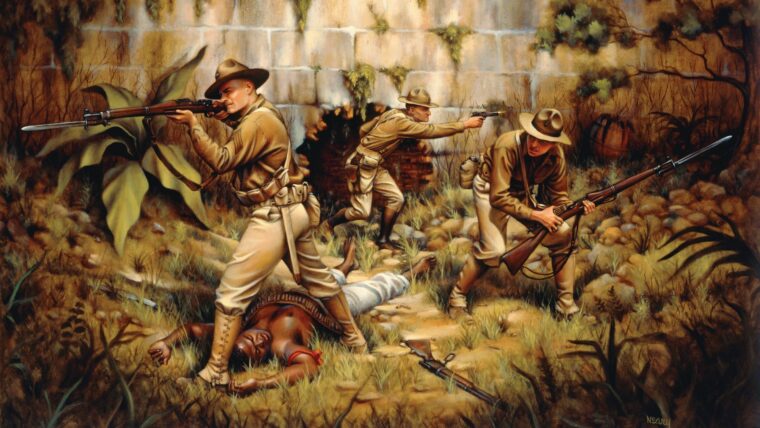
On November 17, 1915, Major Smedley Butler and a small force of U.S. Marines approached the old French bastion of Fort Riviere in Haiti. Read more
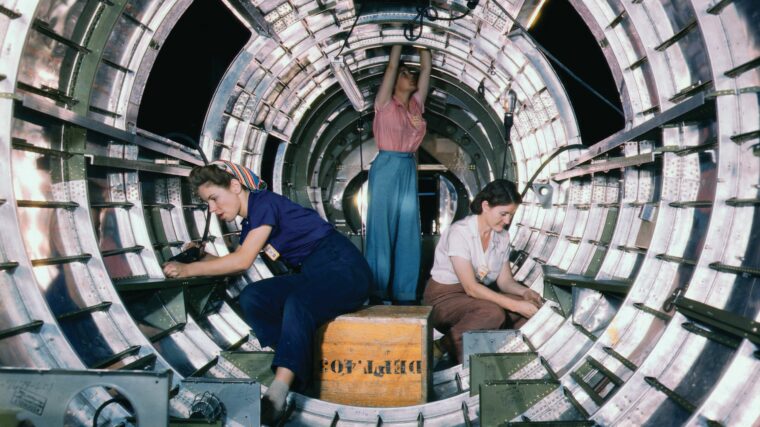
The iconic image of a woman in overalls, her hair tied up in a bandana, and flexing her bicep below the headline, “We Can Do It,” is one of the most recognizable images from World War II. Read more
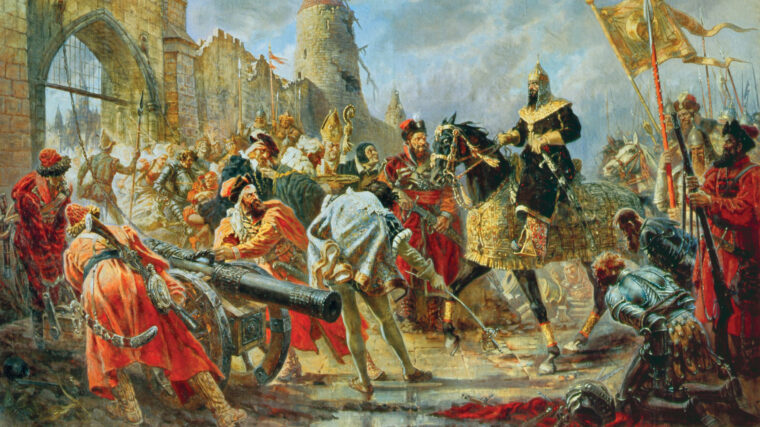
Ivan IV Vasilyevich, first czar of all the Russians, has gone down as one of history’s most notorious despots, infamous for the terrors he carried out among his subjects. Read more
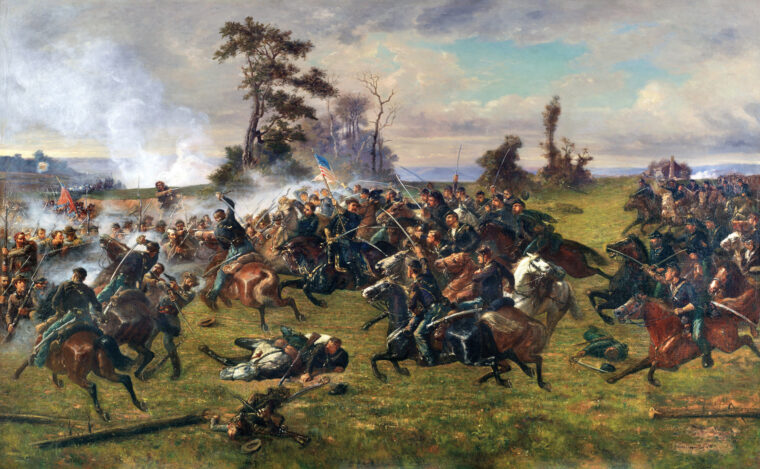
An unrelenting rain soaked the gray-clad troops of Maj. Gen. George Pickett’s reinforced division of Confederate soldiers on the morning of March 30, 1865. Read more

The South Vietnamese rangers huddled in their trenches and bunkers at landing zone Ranger North throughout the day of February 19, 1971, as mortar shells crashed inside the perimeter. Read more
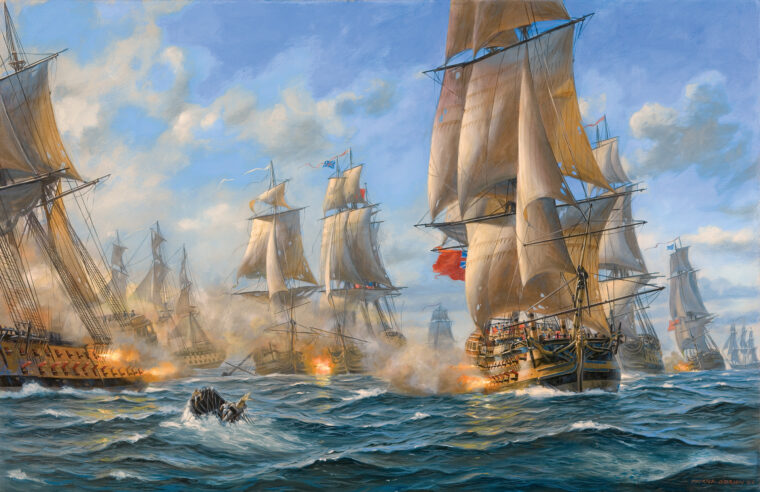
Under sunny skies, favorable winds pushed Captain Mark Robinson and the 74-gun ship of the line Shrewsbury on September 5, 1781, toward a stormy encounter with an old enemy. Read more
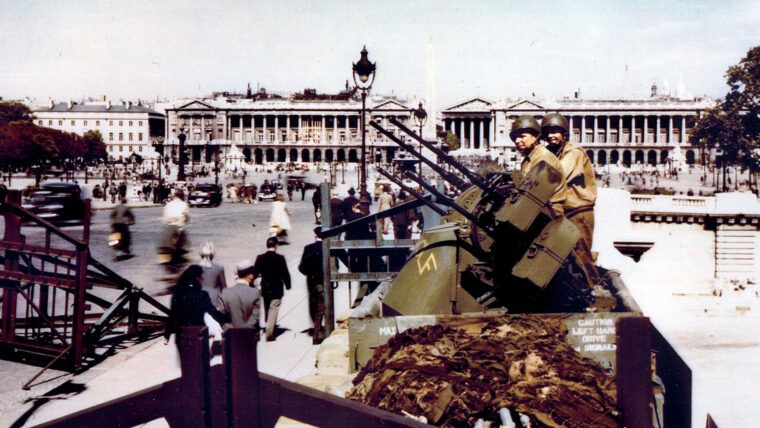
Almost every soldier on western European battlefront wanted to get to Paris. Once it was liberated on August 25, 1944, it became a mecca for Allied soldiers on leave who filled the streets, bars, and historic buildings, enjoying a brief respite from the war. Read more
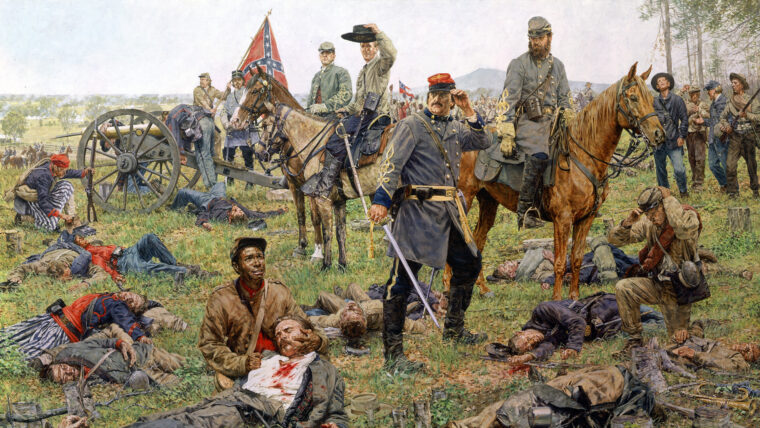
The regiment of Yankees, which was largely composed of German immigrants, advanced through a field of clover in the Shenandoah Valley in search of the Rebel line to its front on June 8, 1862. Read more